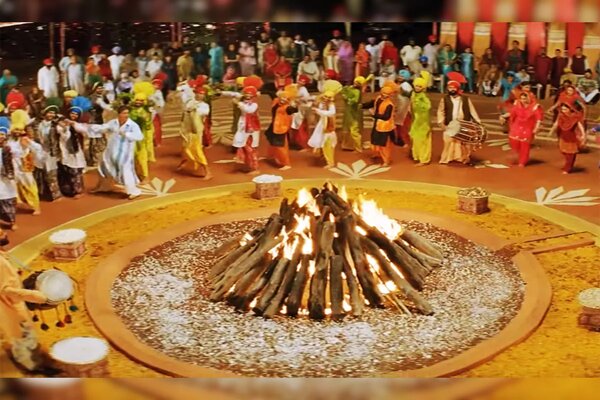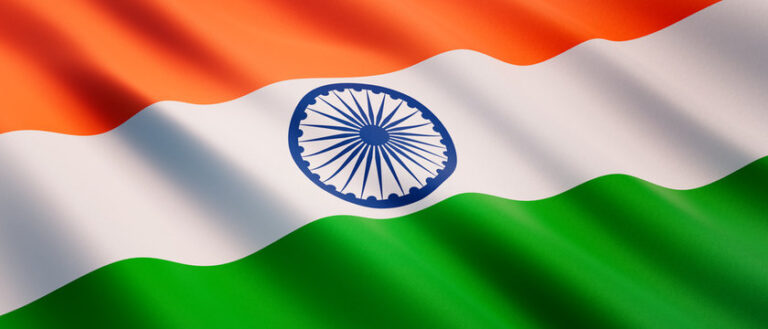Introduction:
A traditional Punjabi festival called Lohri heralds the end of winter and the beginning of longer days. This event, which is observed with great enthusiasm and delight, is significant to Northern Indian culture, especially in Punjab, Haryana, and some regions of Himachal Pradesh. Lohri is more than just a festival; it’s a time for communities to unite, dance around bonfires, and revel in the warmth of companionship as they celebrate the harvest season.
Historical and Cultural Roots:
Lohri’s origins are firmly ingrained in agricultural methods. According to historical accounts, Lohri marks the beginning of the sun’s trek into the northern hemisphere at the end of the winter solstice. This change heralds the arrival of warmer weather, which is essential for the approaching harvest season. Farmers give thanks for a good harvest and offer prayers for more wealth in the next year.
Traditions and Rituals:
There are numerous customs and ceremonies observed on the eve of Lohri. Families gather to sing folk songs and dance traditional dances like the Bhangra and Gidda around a bonfire, which is lit as a symbol of the sun. In an attempt to invoke blessings for prosperity, people throw jaggery, sesame seeds, and revri—a delicious delicacy made with sesame seeds and jaggery—into the fire.
Delicious Feasts:
Delicious cuisine is a must-have for any celebration, and Lohri is no exception. During this celebration, traditional Punjabi delicacies like Makki di Roti and Sarson da Saag are enjoyed. The air is filled with the festive feeling created by the perfume of ghee-laden paranthas and the cracking sound of mustard seeds in different dishes.
Bonfire Bonding:
With its origins in farming and as a communal celebration, Lohri perfectly captures the essence of thankfulness and camaraderie. The glow of a bonfire in the night sky represents the coziness of companionship and the expectation of an abundant crop. Lohri is more than just a festival; it’s a cultural spectacle that promotes happiness and unity among people.
Folk Songs and Dance:
Bright folk music and dancing are commonly associated with Lohri. Both men and women, dressed in vibrant costumes, display their joy with Bhangra and Gidda dances. Everyone is compelled to join in the celebrations by the contagious rhythm created by the dhol’s resonant beats.
Conclusion:
With its origins in farming and as a communal celebration, Lohri perfectly captures the essence of thankfulness and camaraderie. The glow of a bonfire in the night sky represents the coziness of companionship and the expectation of an abundant crop. Lohri is more than just a festival; it’s a cultural spectacle that promotes happiness and unity among people.
By Kunal (Class XII)




